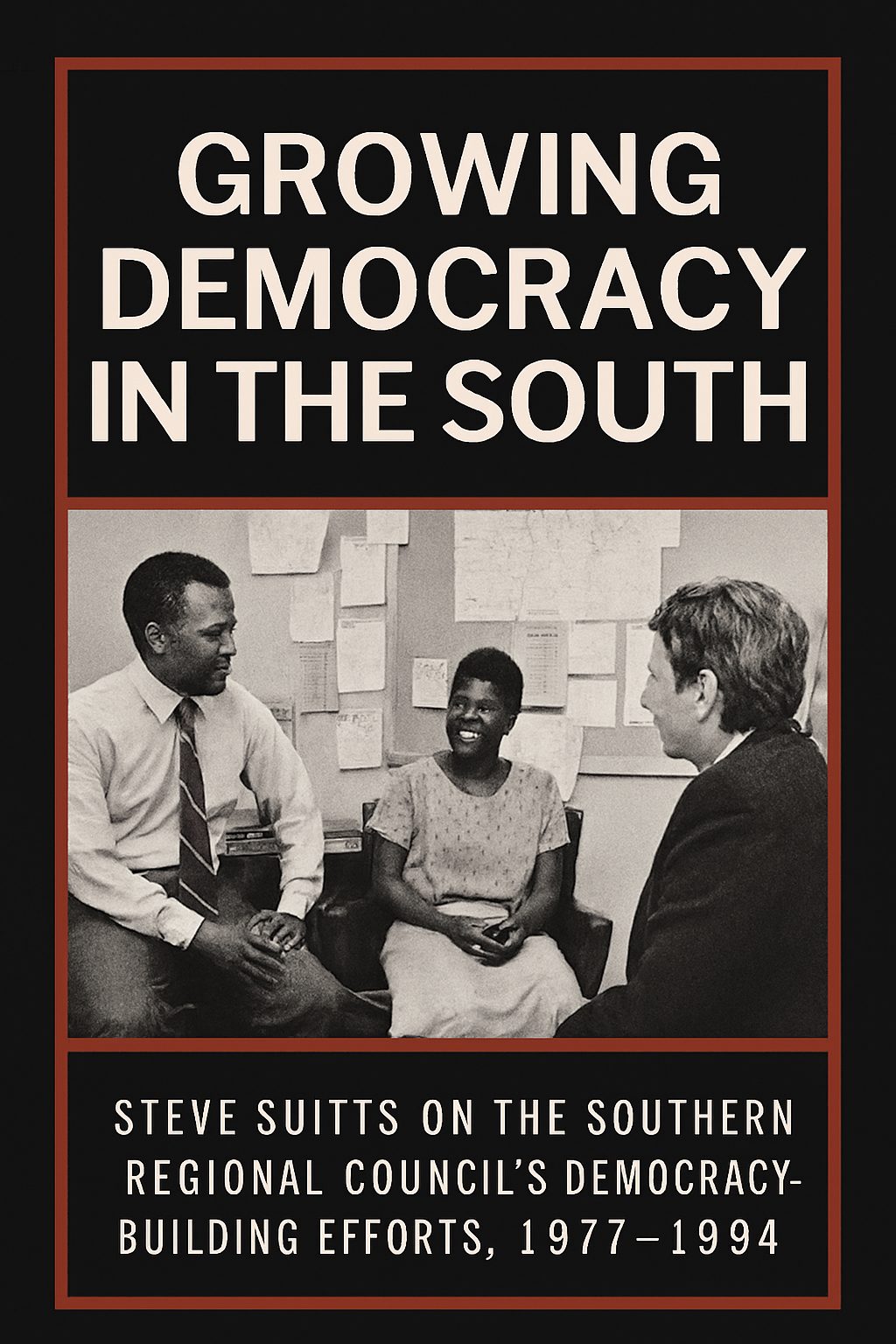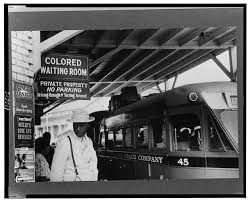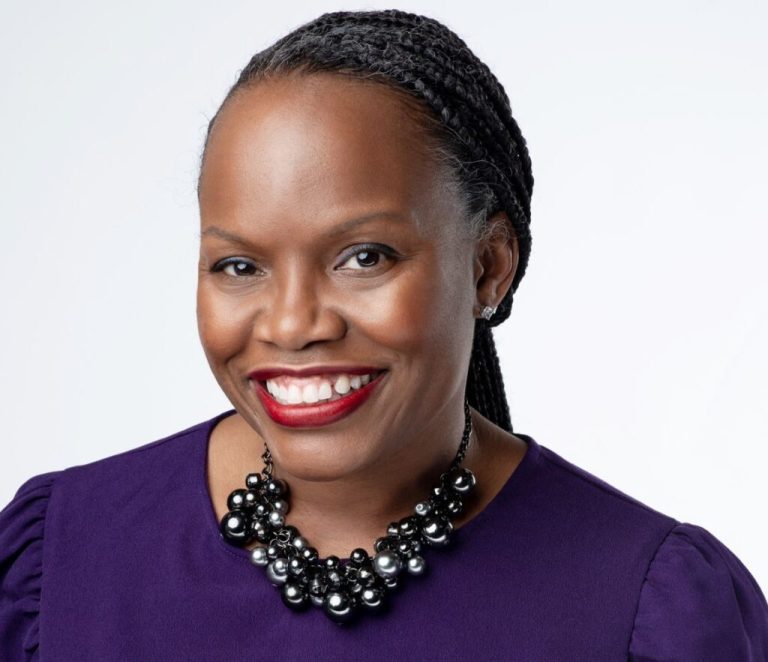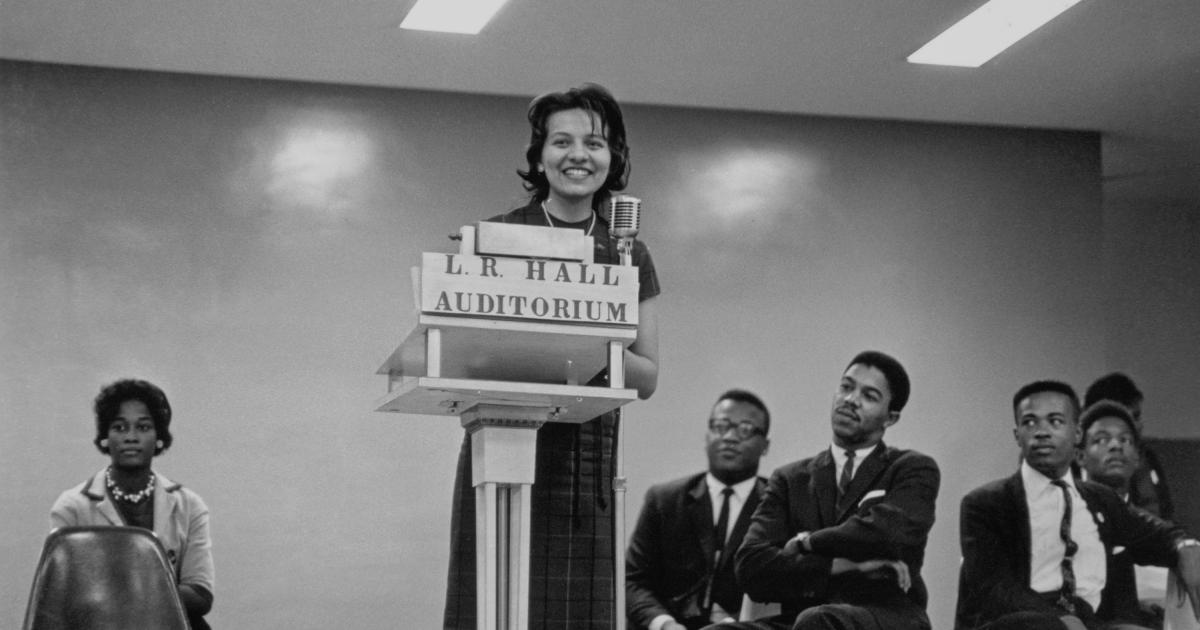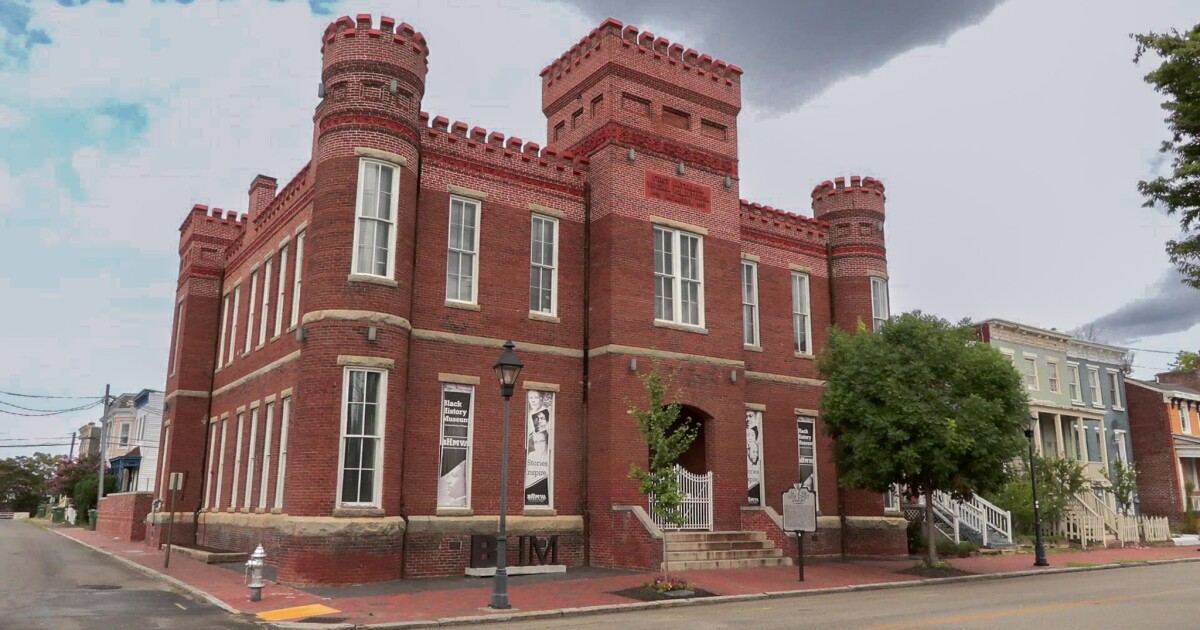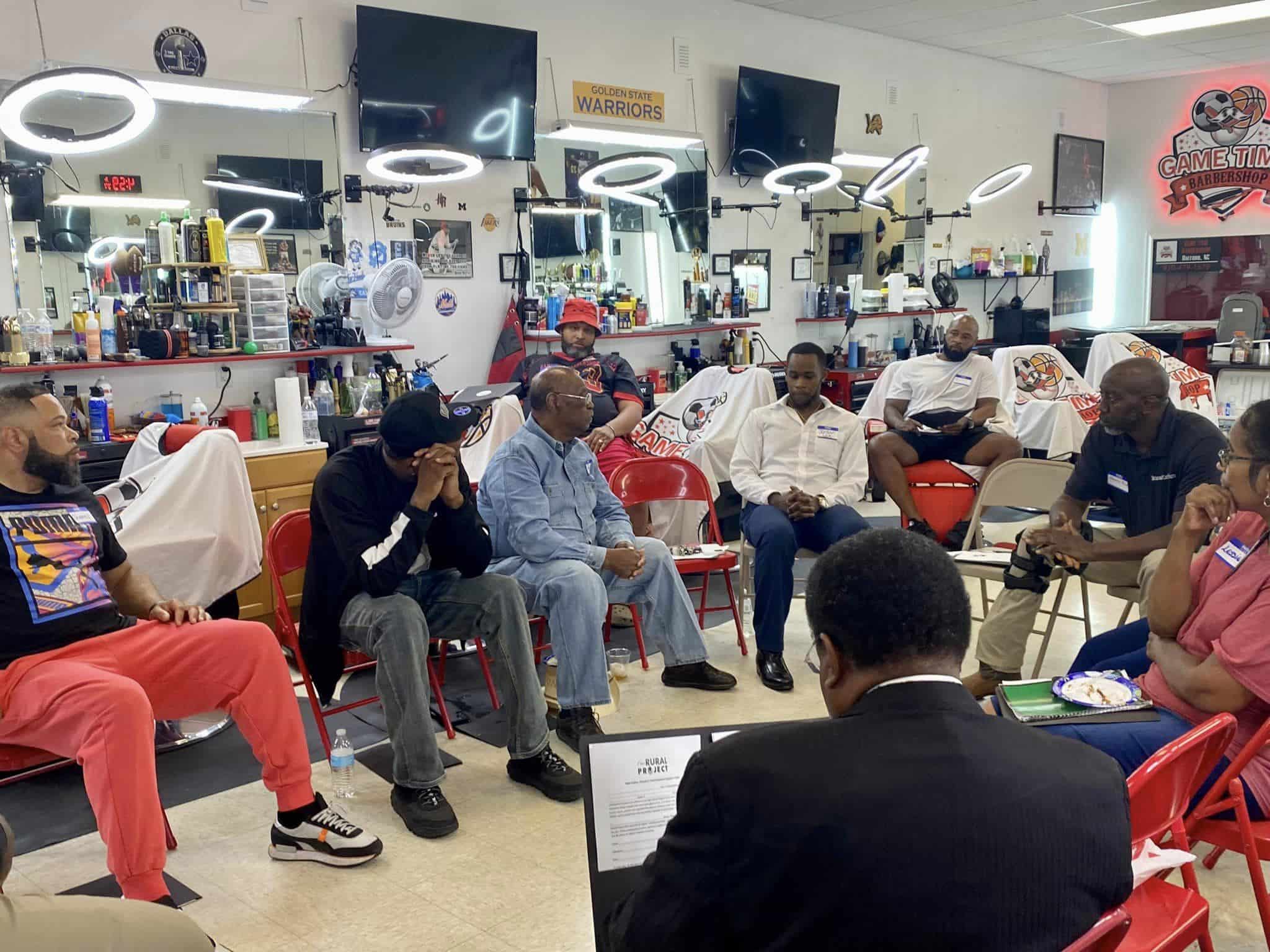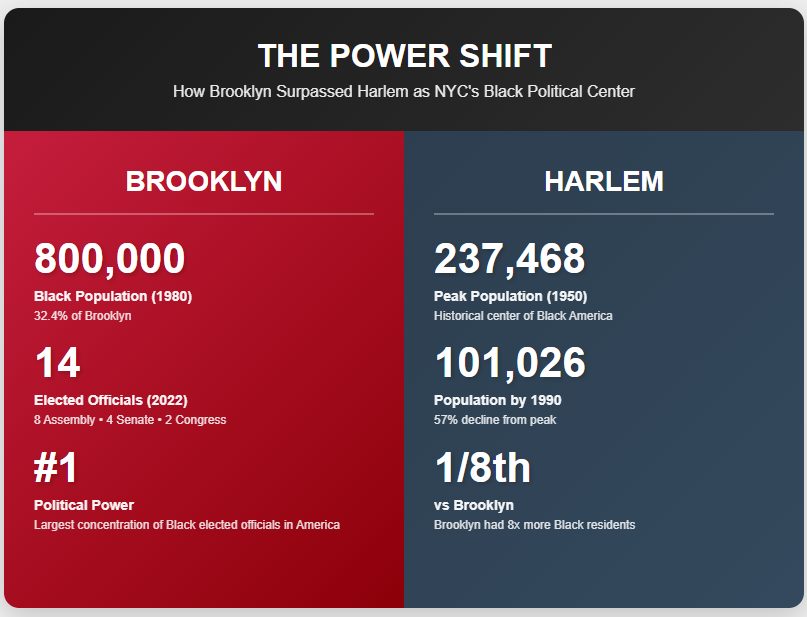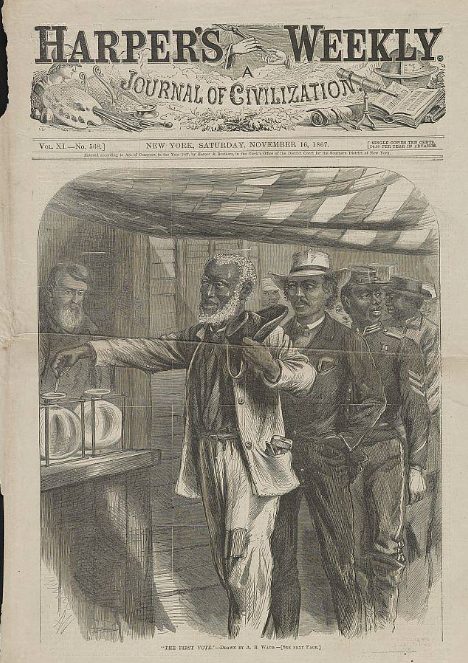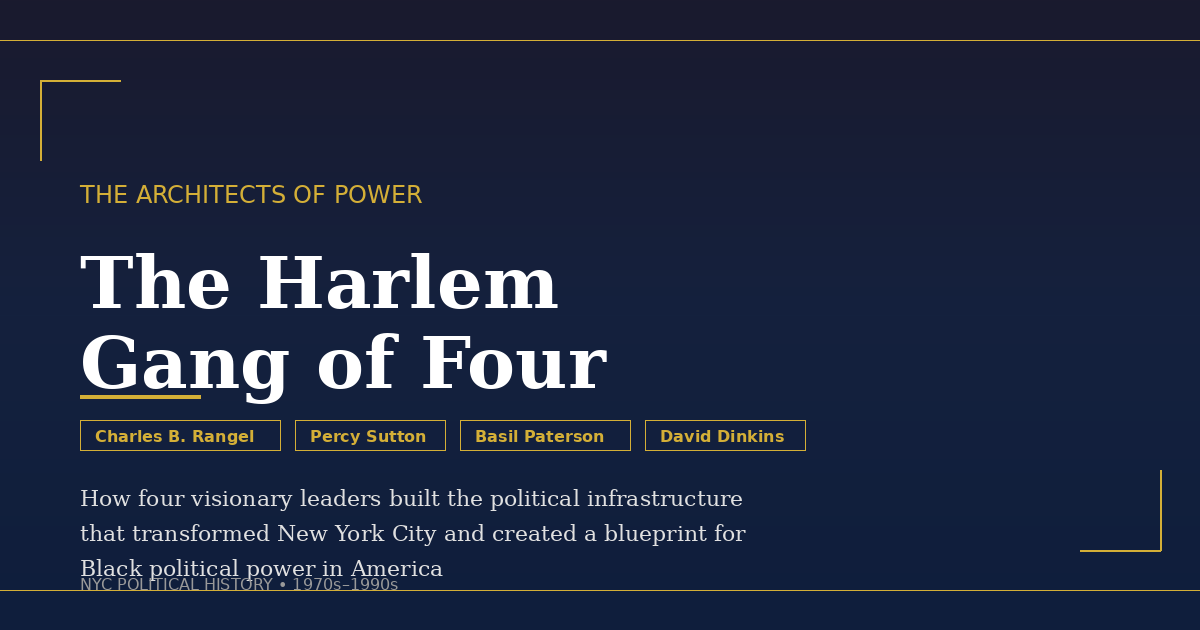The Would perchance additionally 25 dying of George Floyd, 46, marks one extra chapter in a prolonged historical past for The United States — and for Minneapolis, which has been the distance of protests in the times following Floyd’s dying.
After Floyd, who used to be murky, died in police custody, bystander video published that a white police officer knelt on his neck at a Minneapolis intersection. The video did no longer match preliminary police-department statements about what took procedure, and resulted in the firing of 4 police officers desirous about the arrest. That the episode took procedure in opposition to the backdrop of a world pandemic has finest heightened longstanding racial tensions. Not finest is the virus disproportionately affecting African People, nonetheless the policed enforcement of social distancing in cities nationwide has also disproportionately affected African People.
Floyd’s dying also “falls within a bigger sample” of clashes between police officers and residents in murky communities that “goes capability help to the period of Reconstruction, when a form of police departments had been created to surveil murky communities and fetch watch over and corral gargantuan murky populations,” says Keith A. Mayes, a professor of African American & African Be taught on the University of Minnesota, Twin Cities.
However whereas the impart is nationwide, Minneapolis has its maintain yelp historical past with the challenge. Several such encounters there helped fuel the Sad Lives Matter circulate. In 2019, Minneapolis used to be ranked the fourth worst metro apartment in the US for murky People, and the city is extremely segregated. Accusations of police racism maintain also been a fixed challenge for the city.
Understanding how things purchased so demanding in Minneapolis requires figuring out the historical past of the city’s racial geography, says Kirsten Delegard, a historian and director of Mapping Prejudice, a University of Minnesota challenge that has plotted the locations of racial covenants, correct clauses inserted into property deeds that reserved that land for the distinctive roar by white folks.
“Minneapolis wasn’t in particular segregated when racial covenants had been first launched in 1910; they had been preemptively build into procedure earlier than murky folks lived in Minneapolis in gargantuan numbers,” Delegard says. “Prospects are you’ll maintain gotten 2,700 African People residing in the city in 1910 and [then] 30,000 racial covenants blanketing the city to present definite that all this land could perhaps definitely no longer be occupied by of us that aren’t white. After they’d been in procedure for 30 years, the city turned extremely segregated and of us that weren’t white had been sorted into correct a handful of very, very runt neighborhoods.”
These runt neighborhoods embody one shut to the intersection of 38th Road and Chicago Avenue in Minneapolis, where the officer knelt on Floyd and where subsequent demonstrations maintain taken procedure. The nearby apartment has historically been identified as a hub for murky middle-class life and dealing-class communities. Correct west is the neighborhood’s commercial heart, the Primitive South Aspect. It’s been house to African-American journalists, doctors and attorneys, to boot to NAACP presidents, vital murky church buildings and some of Prince’s used stomping grounds.
“Like every murky neighborhood in the nation, it’s also been field to over-policing and very various forms of police practices than the predominantly white neighborhood a pair of blocks away,” she says. “Whenever you receive to the perimeters of these neighborhoods, there tends to be extra literal policing and further contention over who could also be in public procedure and what folks are doing.”
The very intersection where the violent arrest took procedure is one such edge. At that corner, properties had been governed by racial covenants. Delegard’s compare shows these covenants had been veritably build in procedure on the borders of murky neighborhoods, with a notion to maintain the inhabitants.
“Even despite the fact that 38th and Chicago simply now just will not be any longer viewed as overtly white procedure, what these covenants display is that this intersection has continually been a level of contention. ‘Whose procedure is this? Who will get to be here? Who doesn’t receive to be here? And who’s going to build in force that?’” Delegard tells TIME. “Structural racism is on the total baked into the geography of this city and this capability that it if truth be told permeates every institution on this city.”
An example of so a lot of defunct racially-restrictive deeds simply by the intersection where the violent arrest of George Floyd took procedure on Would perchance additionally 25. The opposite purple rectangles characterize identical deeds relationship from 1916 to 1919 on this procedure produced by Mapping Prejudice, a University of Minnesota initiative.
Mapping Prejudice
Fifty years after the racial covenants had been build in procedure in Minneapolis in the early 20th century, that extra or much less racism used to be the subject of demonstrations nationwide, as the civil rights circulate fought for equal receive correct of entry to to housing.
Mayes says the protests following George Floyd’s dying could also be when compared to the 1967 insurrection in northern Minneapolis all the procedure in which thru “the prolonged sizzling summer season of 1967.” Whereas there are so a lot of theories about how that clash started, essentially the most typical entails a warfare between police officers and a neighborhood resident. “I desire I could perhaps show you there had been variations between the 1960s and at present, in phrases of police incidents, nonetheless it’s the identical,” says Mayes.
The Most attention-grabbing-making an are attempting Housing Act of 1968 made racial covenants illegal, nonetheless other techniques to retain the neighborhood demographics emerged. Delegard cites freeway 35W, which used to be built in the 1960s and runs between downtown and the southern suburbs, as a as a lot as date barrier between the Primitive South Aspect and whiter, wealthier areas. Then, in 1969, police detective and political newcomer Charles Stenvig used to be elected mayor on the platform of “fetch the handcuffs off the police,” turning into one among the first so-known as “law and picture” mayors in the nation. The already powerful police department turned grand extra powerful.
And the outcomes of now-illegal racial covenants can quiet be viewed at present.
“The places on the procedure where we chanced on these racial restrictions are quiet the whitest parts of the city at present,” says Delegard. “Our compare shows that there used to be this preoccupation with making definite the city would protect all white. The racial composition of the neighborhoods we now maintain got at present used to be created, deliberately constructed thru time. These rigid racial boundaries had been enforced thru courts and the police for a century in Minneapolis, and it does lead to violent encounters.”

Thank you!
On your safety, we now maintain despatched a affirmation e-mail to the take care of you entered. Click the link to verify your subscription and launch receiving our newsletters. Within the event you produce no longer receive the affirmation within 10 minutes, please test your spam folder.
Write to Olivia B. Waxman at [email protected].


